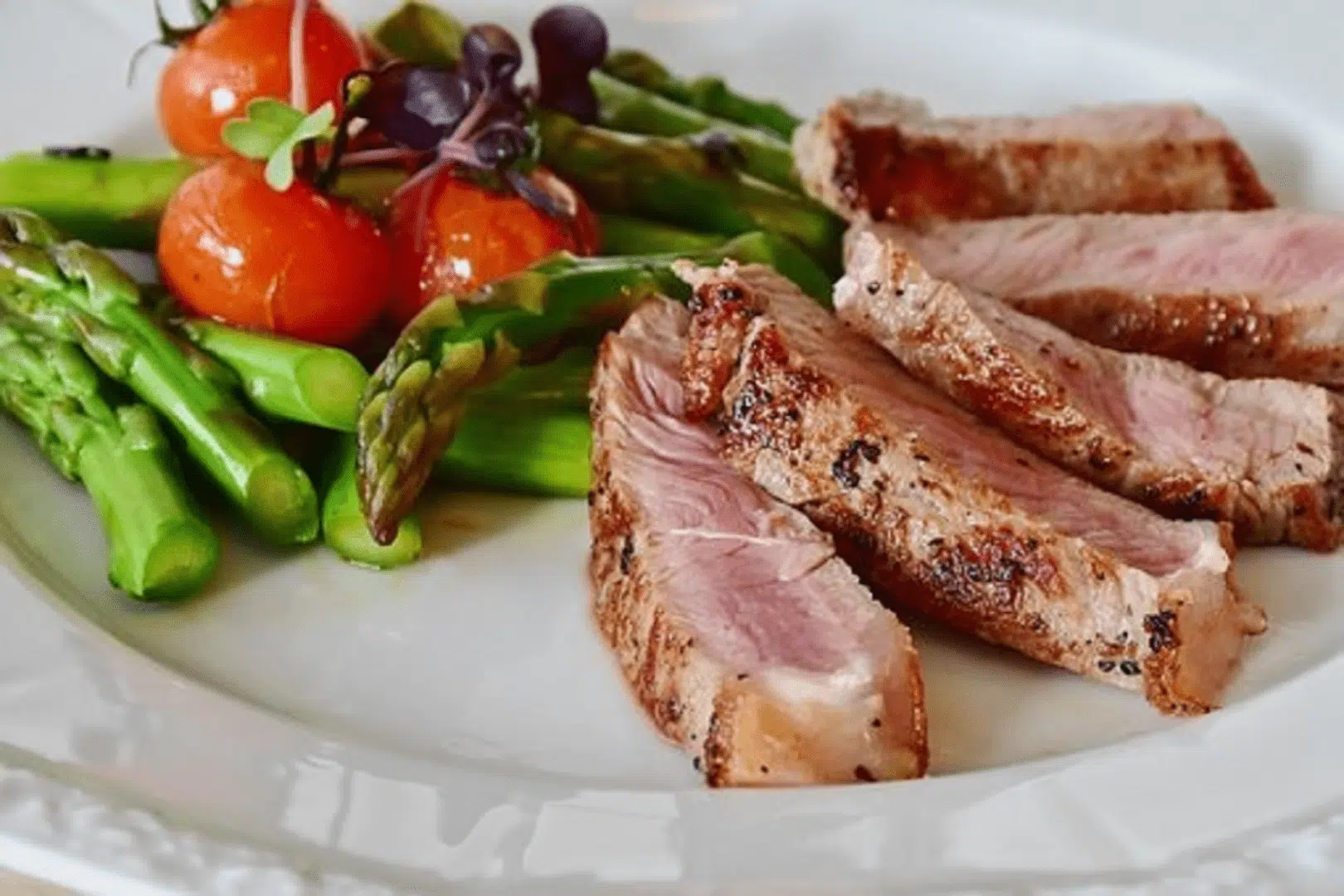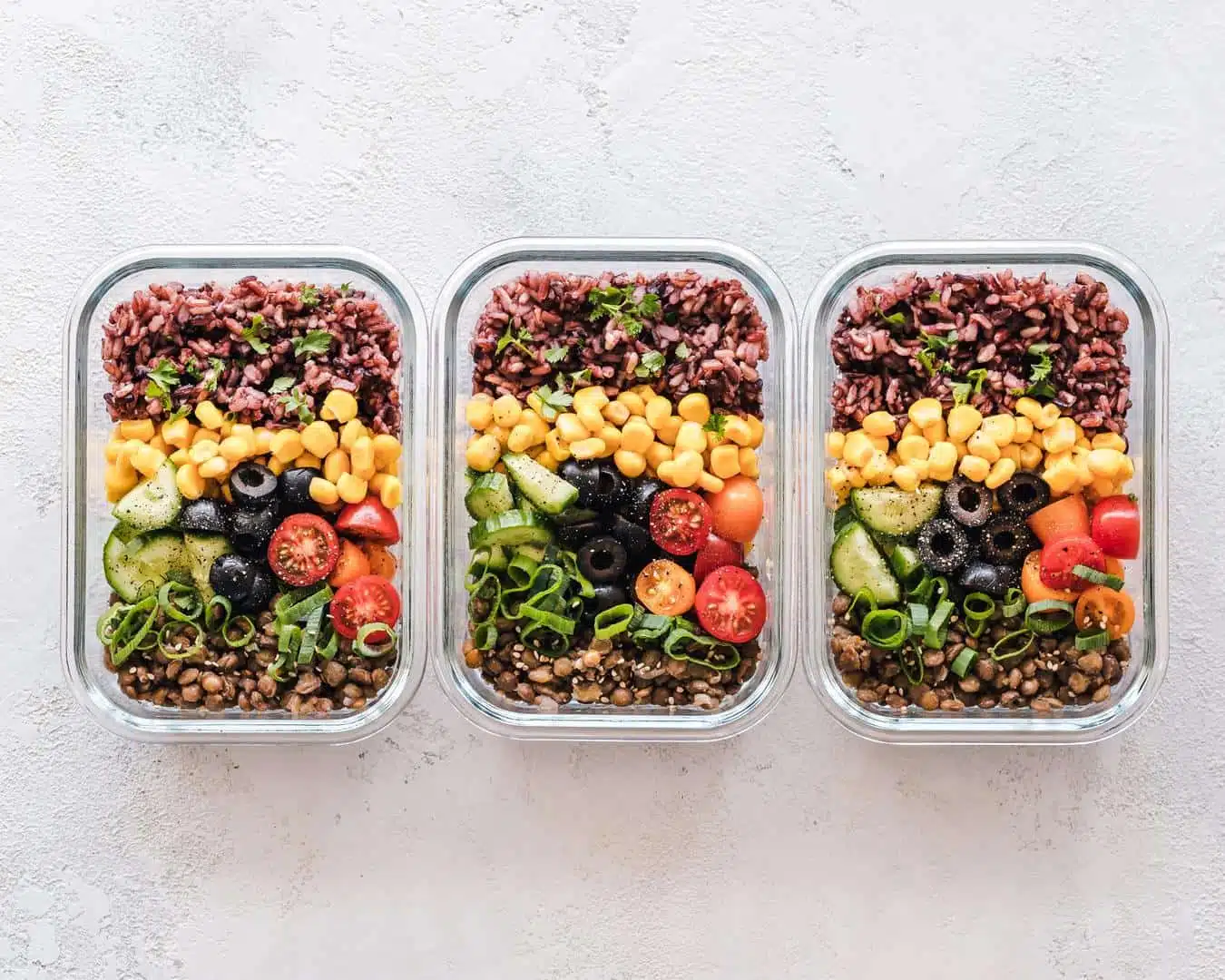Losing weight is never easy. It requires effort, time, and, most importantly, dedication. Because missing out on your favorite foods is easier said than done, a lot of people eventually give up on their diets before they can see some results.
If you’ve tried going on diets numerous times, only to end up failing, then you need a different solution. How about, instead of narrowing down what you can eat, you narrow down when you can eat. Yes, we’re referring to fasting. You can choose from any of the fasting types below for something that suits your weight loss needs. Though it might take longer for you to obtain results this way as opposed to a diet, it’s effective.
How Can Fasting Help You Lose Weight?
While diets focus on what you should be eating, fasting works by keeping a short window of time when you can eat food. When you’re fasting, you only eat at specific times, so you don’t eat for the remaining hours of the day. In some stricter fasting diet plans, you have to limit yourself to one meal per day for an entire week. This helps burn excess fat in your body and offers numerous health benefits, such as a reduced risk of stroke and blood pressure problems.
Some common benefits of fasting are:
- Reduce insulin resistance
- manage oxidative stress and reduce inflammation in the body
- Supports heart health
- Induces different cellular repair processes
- Can provide support to prevent cancer
- Improves brain health
- It May help prevent Alzheimer’s
Types of Fasting
Intermittent fasting is fasting for the purpose of losing weight. This fasting method helps you gain proper nutrition through your diet without missing out on your favorite foods. Although for some, this may look like staying hungry, the process can trigger your body and start burning stored fats.
Though intermittent fasting offers plenty of benefits, you may have to supplement it with exercise to reach your fitness goals sooner. Additionally, it’s important that you take a balanced diet while practicing intermittent fasting.
Eating high-fat foods like processed meat, packaged food items, and snacks loaded with sugar will prevent your body from losing weight. Instead, you should incorporate protein, fiber, carbs, and fat in a balanced quantity to achieve your weight goals.
Here are some ideal fasting options for anyone looking for a healthy and active life.
12 Hours a Day fasting
As the name suggests, you need to fast for 12 hours straight to lose weight. The rules are pretty simple – you need to avoid any kind of food for 12 hours. Some studies show that fasting for 10 to 16 hours a day can encourage your body to burn fat and produce energy. As a result, your body produces ketones to help you to lose weight.
It’s a good way for beginners to start their weight loss journey by fasting, as you have to stop eating for a shorter period. In fact, you can spend half of that time sleeping. The best way to practice this fasting is to go to bed while fasting.
For instance, if you sleep from 1 am to 8 am, you can start fasting at 11 pm, or 12 am. This way, you don’t feel weak or sluggish or don’t end up eating before you’re supposed to and still reap the benefits of fasting.
5:2 fasting
In this type of fasting, you eat as you usually do for five days and don’t worry about what you eat, so you’re not counting calories. During the next two days, don’t eat more than 600 to 500 calories for men and women, respectively. And yes, you can choose which days are dedicated to fasting.
When you’re only fasting for two days, you don’t have to worry about saying goodbye to your favorite foods since you can go back to eating normally during the rest of the week. If you think that fasting during the week is difficult and you’ll give in to your cravings, this type of fasting is much easier.
Time-Restricted Fasting
In this case, you need to fast for 14 to 16 hours every day. Note that fasting encourages autophagy (a natural cellular housekeeping procedure) which helps your body clear out debris that can cause problems for the health of the mitochondria. This process optimizes insulin function and maximizes fat cell metabolism.
So, set an eating window from 9 am to 5 pm. Choose the time based on when you prefer to eat. For instance, if you have dinner around 9 pm, that’s when you can start your diet.
24 Hours Fasting
This is one of the trickiest and most challenging diets and only works for people who are good at fasting. Fasting for one or two days a week requires that you avoid eating for the entire day. Generally, people fast from lunch to lunch and breakfast to breakfast. Of course, you can take beverages like tea, water, and other calorie-free drinks while fasting.
On days that you’re not fasting, you don’t have to count your calories. Instead, balanced consumption of nutrients will be enough. Opting for this method will cut down your calorie intake but won’t force you to leave behind bread and pasta. Before you start fasting, remember that you may initially experience a headache and irritability. However, once your body adjusts to your eating patterns, you won’t have to worry about suffering from side effects while fasting.
Bottom Line
You can try different types of fasting to see what suits you. Regardless of the type, you can eat whatever you want without compromising on nutrition. If you are a beginner who has just started fasting, start small by fasting for 12 hours a day. Once your body gets used to it, you can proceed to increase your fasting period by adding more hours.

























